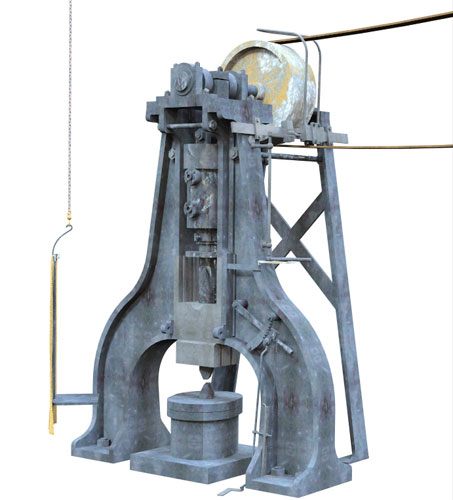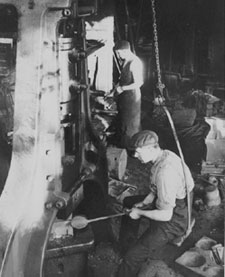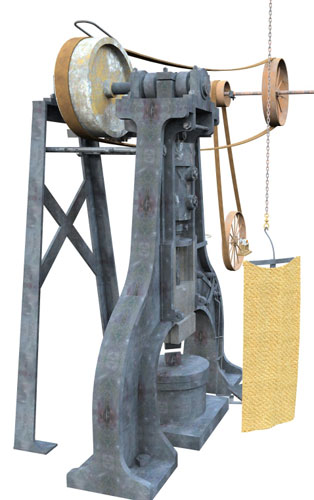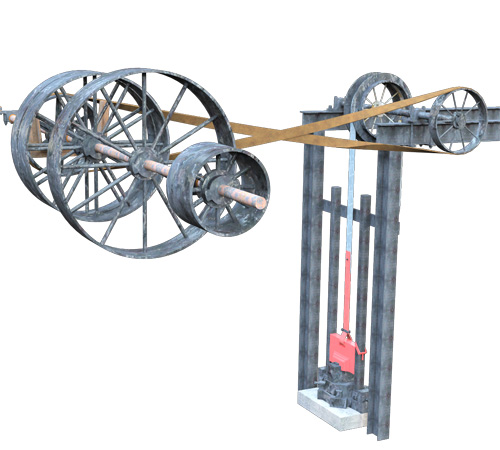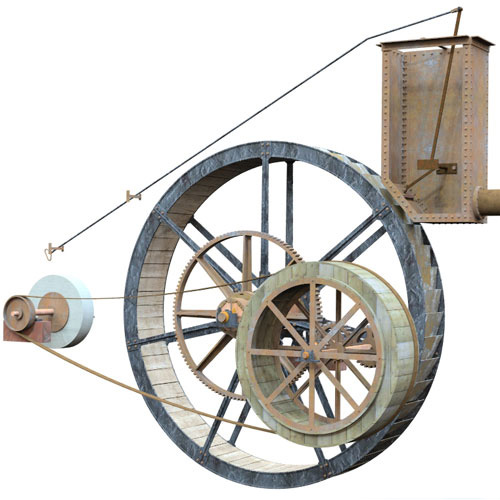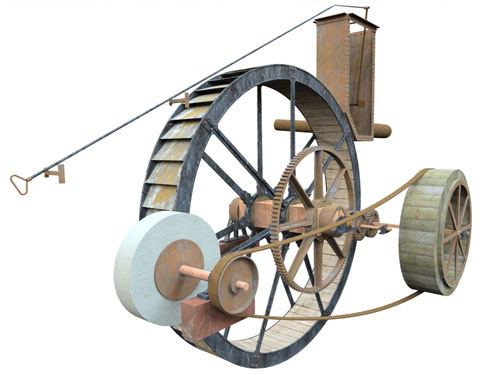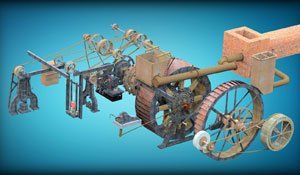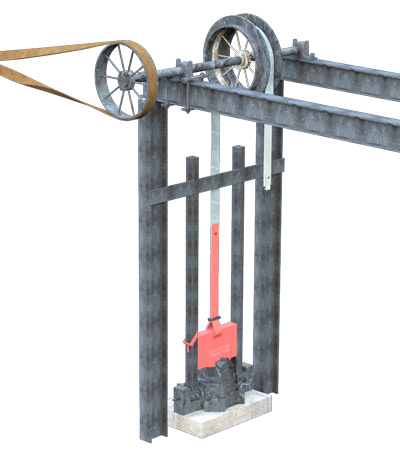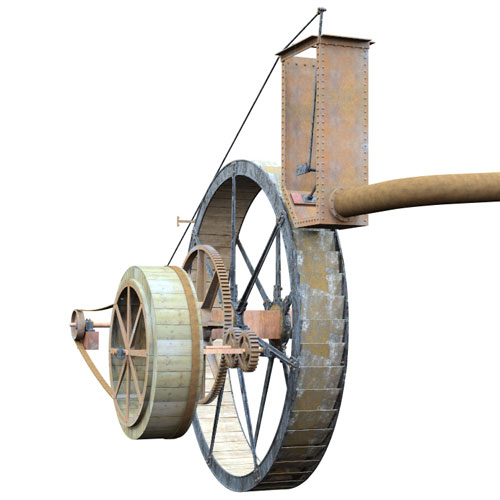 |
|||||||||||||||||||||||||||||||||
|
|
|||||||||||||||||||||||||||||||||
 |
|||||
|
Churchill Forge water mill was one of the last working water powered forges in Britain, Originally known as a Blade mill it eventually produced metal tools such as spades, shovels and ladles until the early 1970s. In recent years it has been maintained by a group of volunteers as an important example of the industrial heritage of the West Midlands. The Forge lies in the valley of the Ganlow Brook which rises in the Clent Hills in North Worcestershire, and flows down to meet the River Stour, which itself is a tributary of the Severn. The mill is fed from a 2 acre pond known as the Hammer pond adjacent to the site |
|||||
|
The forge is opened to the public at selected days through the summer when visitors can see the water wheels turning see the link at the end of the page. |
|||||
|
The drawings are based on site dimensions, drawings by Wilfred Foreman, photos from the Forge Archive and information from the Mills Archive Trust. There is additional equipment to be added as its configuration and shape is determined as well as theoretical layouts of when the water operated hammers where fitted. If anyone has information or photographs of equipment which has now been now removed please get in touch |
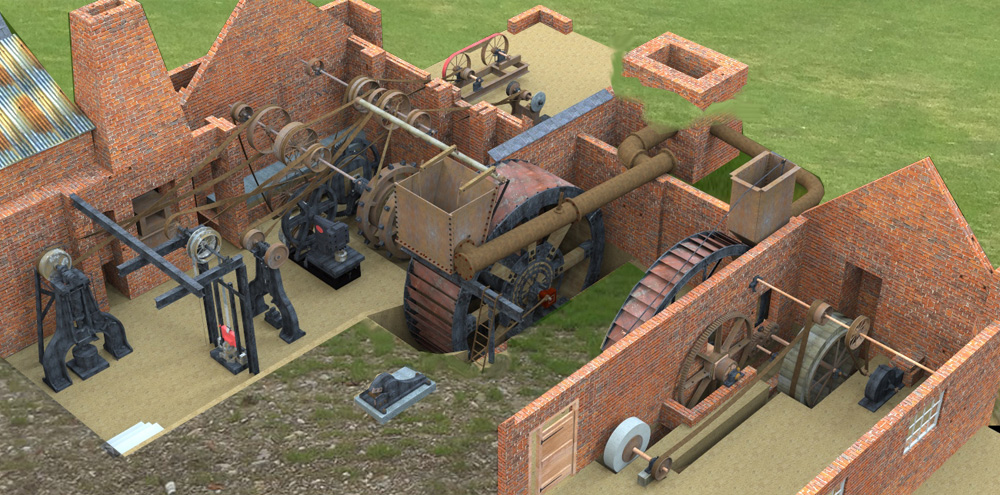 |
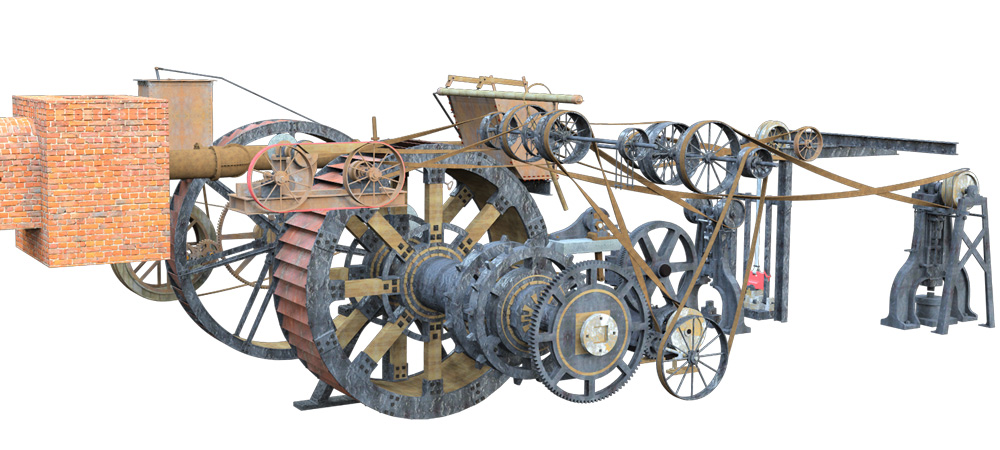 |
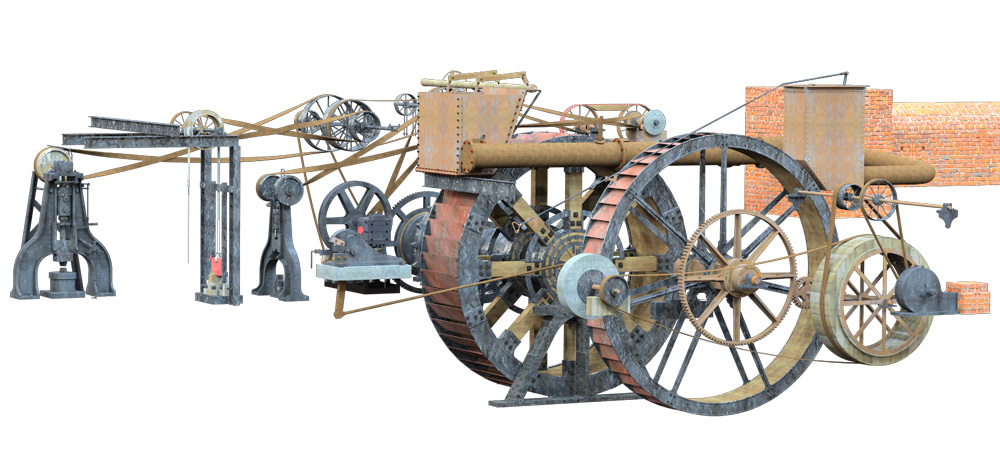 |
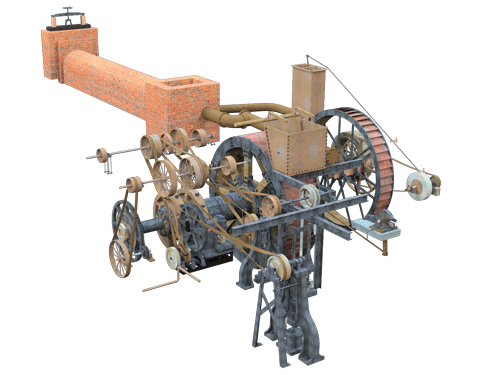 |
|||||||||
 |
|||||||||
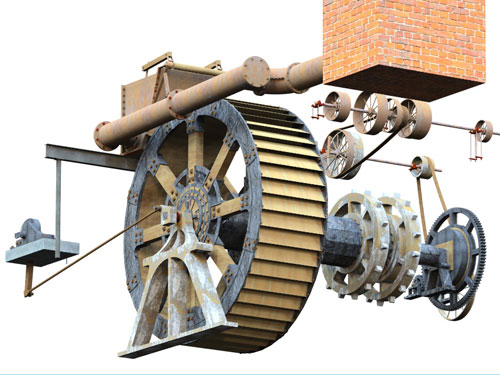 |
|||||||||
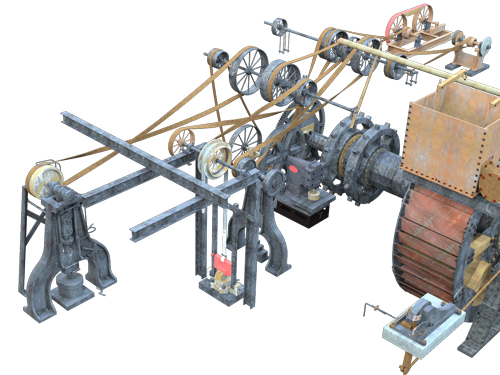 |
|||||||||
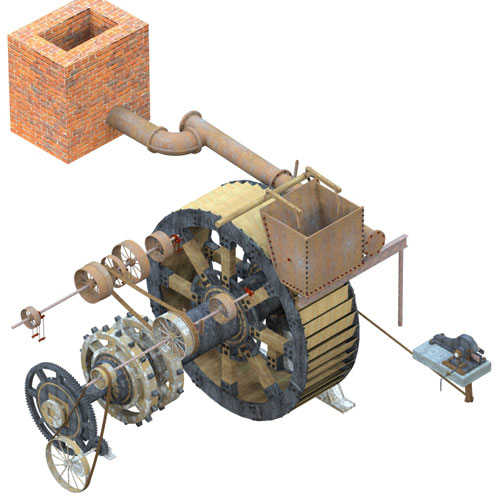 |
 |
||||||||
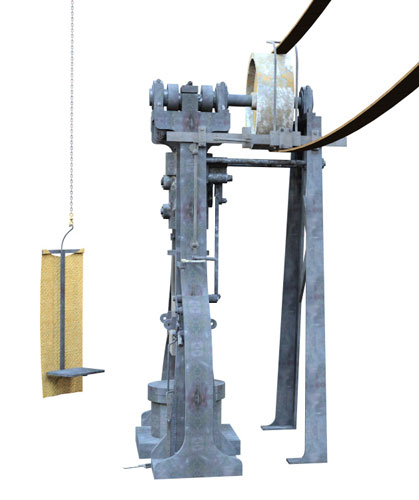 |
|||
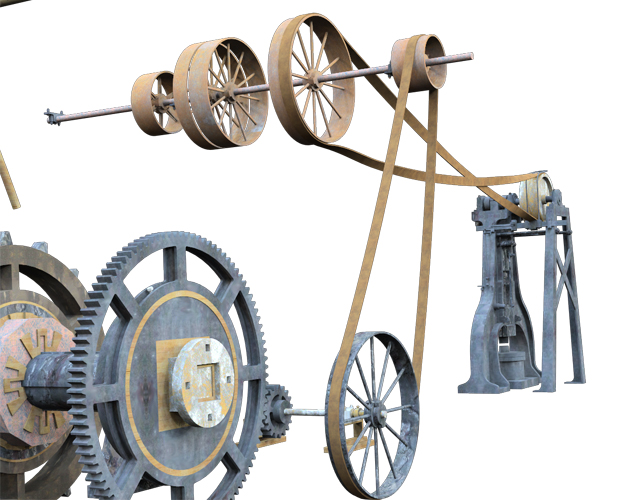 |
|||
|
|
|
||||||||||||||||||||||||||||||||
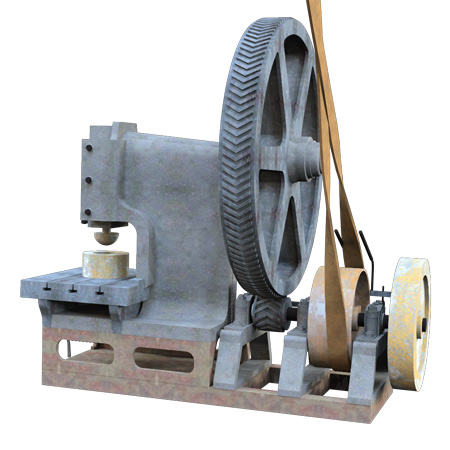 |
|||||||
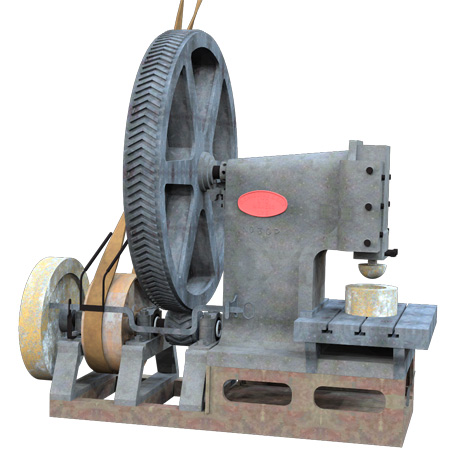 |
|||||||
 |
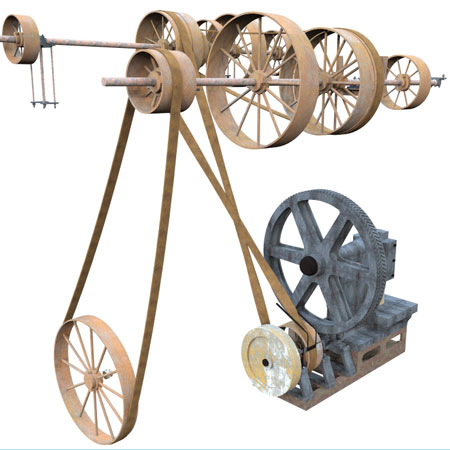 |
||||||
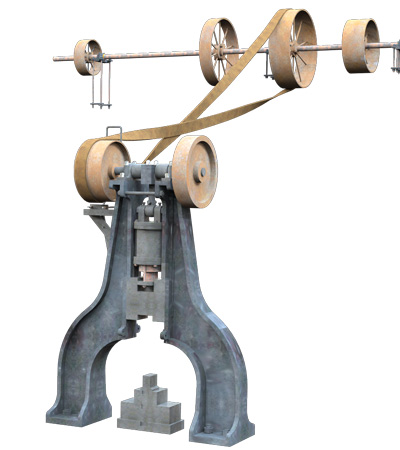 |
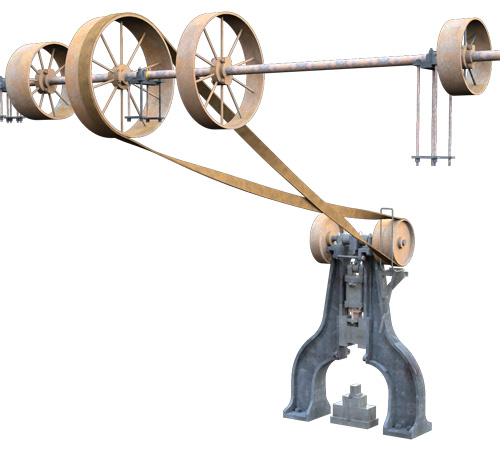 |
|
|
||||||||||||||||||||||||||||||||||||||||||||||||||||||||||||||||||||||||||||||||||||||||||||||||||||||||||||||||||||||||||||||||||||||||||||||||||||||||||||||||||||||||||||||||||||||||||||||||||||||||||||
|
It seems the trip hammers at the forge where originally removed in 1913 so nobody alive now actully knows what they looked like. Below are a few drawings showing how they may have looked. |
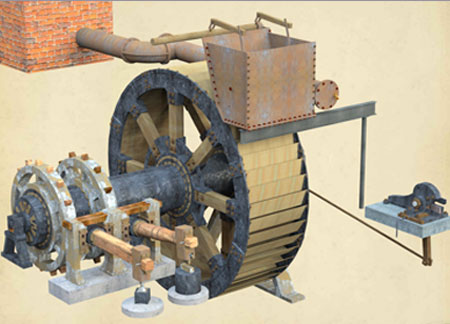 |
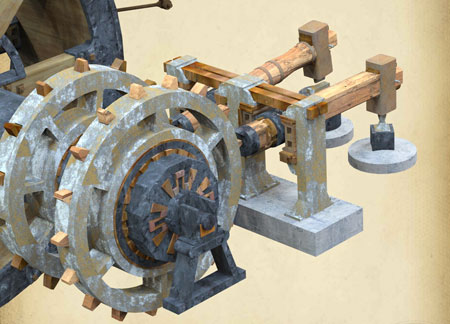 |
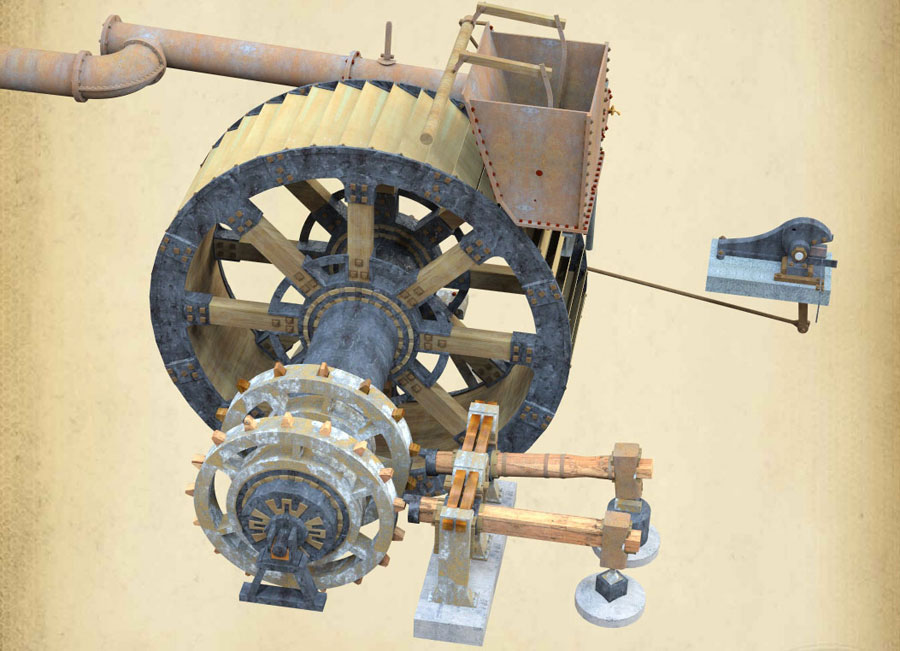 |
